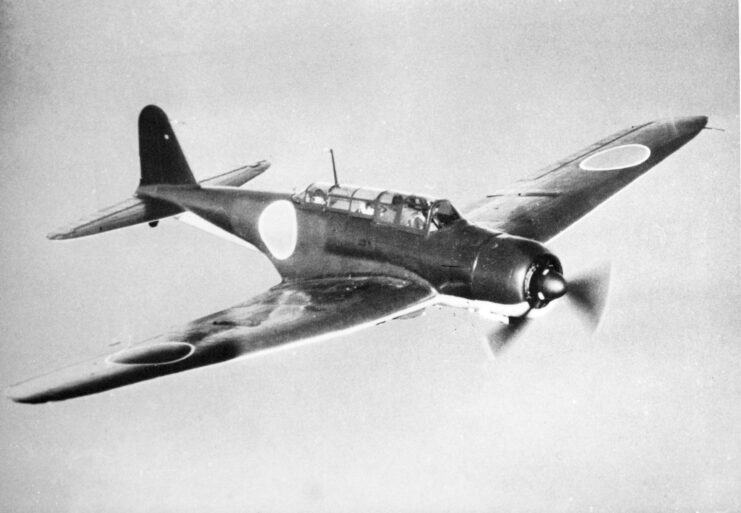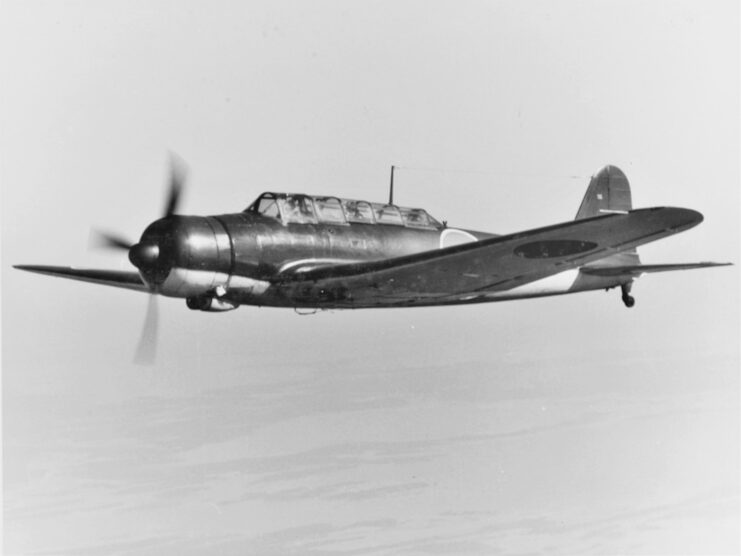During the Second World War, the Nakajima B5N emerged as one of the most formidable aircraft in the Imperial Japanese Navy’s (IJN) arsenal. Renowned for its versatility, range and precision, the torpedo bomber played a pivotal role in numerous battles and was responsible for delivering devastating blows to enemy targets throughout the conflict.

The B5N – known as the “Kate” by the Allies – first took to the skies in January 1937. Highly advanced for its time, it featured a monoplane design, sleek aerodynamics and a powerful radial engine that enabled it to achieve impressive speeds. Its innovative design made it a true pioneer among naval aircraft, with features such as a retractable landing gear, a fully-enclosed cockpit and a versatile weapons bay.
The B5N became a household name in 1941 when it played a pivotal role in the Japanese attack on Pearl Harbor. The attack saw a number of the torpedo bombers drop bombs that crippled the US fleet moored along Battleship Row. One was even flown by Mitsuo Fuchida, who commanded the attack. Their precision and success in this engagement earned them a reputation as one of the most formidable naval bombers of the war.
B5Ns were used in many other significant battles throughout the Pacific Theater. They were a crucial player in the early years of the Second World War, including during the Battles of the Coral Sea and the Santa Cruz Islands. What became clear over time was that their effectiveness lay in their ability to carry various payloads, adapting to different mission types with ease.
These, however, paled in comparison to how the B5Ns were used during the Battle of Midway. Along with the submarine I-168, the torpedo bombers were instrumental in the sinking of the USS Yorktown (CV-5). However, during this pivotal engagement, the Japanese fleet also suffered significant losses, due to the emergence of more advanced and better-coordinated US defenses.
As the war progressed, newer and more advanced aircraft entered the fray, reducing the B5N’s dominance. Nonetheless, the Japanese continued to upgrade and modify the torpedo bomber to maintain its relevance on the battlefield. Despite these efforts, its role shifted from frontline bombing missions to more secondary roles, such as training and anti-submarine warfare.

More from us: Hughes XF-11: The Aircraft That Almost Took Out Its Creator
As the war drew to a close, the B5N faced an inevitable decline. With the IJN suffering from resource shortages and the loss of experienced pilots, the aircraft was relegated to kamikaze attacks. Seen in the above photo is one used for such a purpose. The torpedo bomber can be seen a little worse for wear, located off the coast of Papua New Guinea, where it was shot down.
